Home>Storage & Organization>Kitchen Organizing Tools>How To Organize Your Tupperware
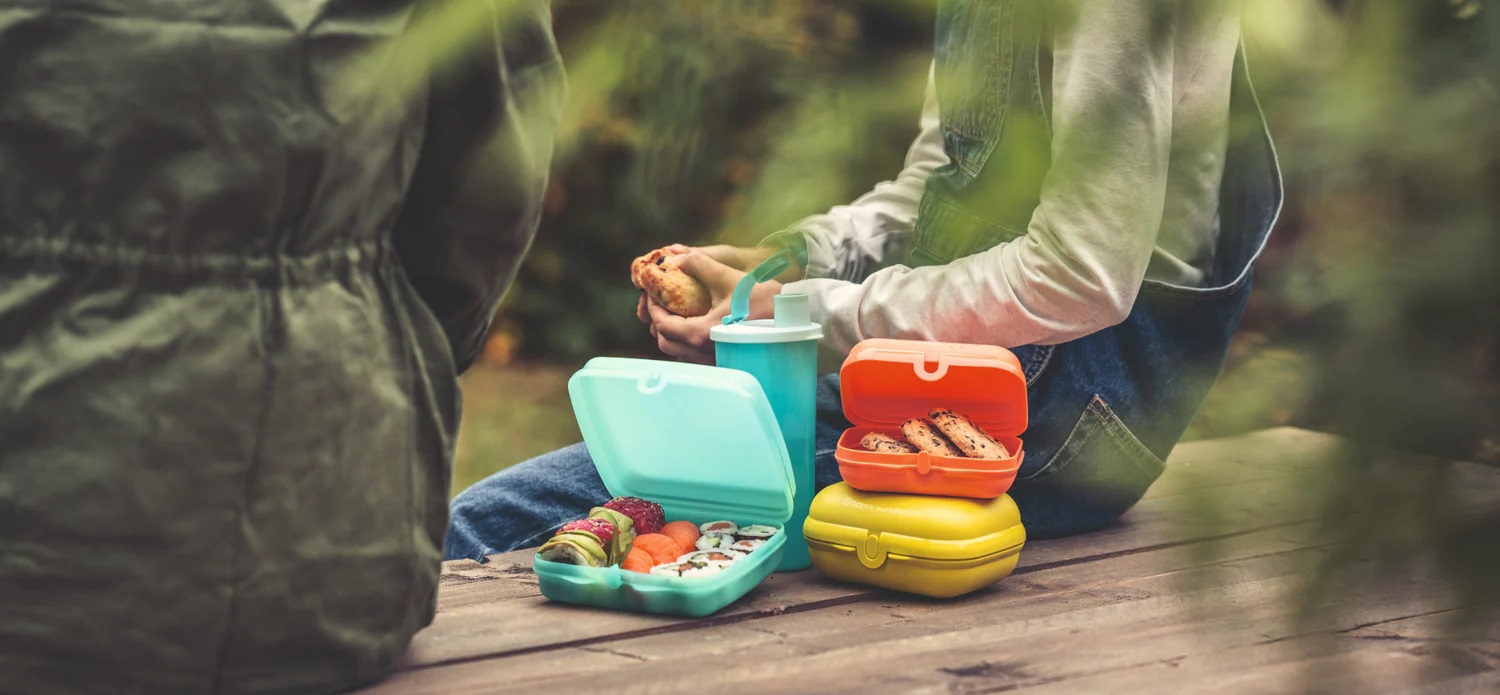

Kitchen Organizing Tools
How To Organize Your Tupperware
Modified: March 23, 2024
Learn how to efficiently organize your Tupperware and kitchen with the best organizing tools. Simplify your life and declutter your kitchen today!
(Many of the links in this article redirect to a specific reviewed product. Your purchase of these products through affiliate links helps to generate commission for Storables.com, at no extra cost. Learn more)
Introduction
Are you tired of rummaging through your kitchen cabinets to find the right Tupperware lid? Do you often struggle to keep your plastic containers organized? If so, you're not alone. Many people find it challenging to maintain an orderly system for their Tupperware collection. However, with the right strategies and storage solutions, you can transform the chaos into a well-organized and efficient storage space. In this article, we'll explore practical tips and techniques to help you declutter, sort, and maintain your Tupperware collection, making meal prep and storage a breeze.
Key Takeaways:
- Say goodbye to Tupperware chaos! Assess, categorize, and store your collection strategically to make meal prep a breeze. Keep it organized with regular maintenance and avoid unnecessary clutter.
- Organize Tupperware like a pro! Sort by size and function, choose the right storage, and store lids effectively. Maintain order with regular assessments and resist the urge to hoard.
Assessing Your Tupperware Collection
Before diving into the organization process, it's essential to assess your existing Tupperware collection. Start by gathering all your plastic containers and lids in one central location, such as your kitchen counter or dining table. Take inventory of the various sizes, shapes, and types of Tupperware you own. This step allows you to identify any damaged or mismatched pieces that may need replacement. Additionally, assess the functionality of each container and determine if any are no longer suitable for use. By evaluating your Tupperware collection, you can make informed decisions about which items to keep, replace, or repurpose.
Once you've assessed your Tupperware collection, consider the frequency of use for each container. Separate the containers you use daily or weekly from those used less frequently. This separation will help you prioritize storage space for the most commonly used Tupperware, ensuring easy access when needed. Additionally, take note of any specialty Tupperware items, such as those designed for specific purposes like marinating, freezing, or meal prepping. Understanding the unique features of your Tupperware collection will guide your organization and storage decisions, ensuring that each item is appropriately accommodated.
Choosing the Right Storage Solution
When it comes to organizing your Tupperware, selecting the appropriate storage solution is crucial for maintaining a clutter-free and efficient system. Consider the available space in your kitchen cabinets, pantry, or designated storage area for your Tupperware. If you have ample cabinet space, investing in stackable plastic or glass containers can be an excellent option. These containers come in various shapes and sizes, allowing you to customize the storage layout based on your specific needs. The stackable design maximizes vertical space, making it ideal for cabinets with limited shelf height.
For those with limited cabinet space, utilizing drawer organizers or pull-out storage trays can be a game-changer. Drawer organizers with adjustable dividers provide a customizable solution for neatly storing Tupperware containers and lids within kitchen drawers. Additionally, pull-out storage trays installed in lower cabinets offer easy access to Tupperware while maximizing underutilized space. These solutions are particularly beneficial for individuals seeking alternative storage options outside of traditional cabinet spaces.
Another popular storage solution for Tupperware is the use of open shelving or wall-mounted racks. Open shelves provide a visually appealing way to display and access your Tupperware collection. By incorporating decorative baskets or bins on the shelves, you can create designated spaces for different Tupperware sizes and types. Wall-mounted racks with adjustable hooks offer a practical solution for hanging Tupperware lids, keeping them organized and easily accessible. This approach is especially useful for individuals who prefer a more visible and accessible storage method.
In addition to considering the available space and storage options, it's essential to prioritize convenience and accessibility when choosing the right storage solution for your Tupperware. Opt for solutions that allow for easy retrieval of containers and lids without causing disarray. By selecting the most suitable storage solution based on your kitchen layout and personal preferences, you can establish an organized and functional Tupperware storage system that simplifies meal prep and storage management.
Use drawer dividers or bins to separate different sizes and shapes of Tupperware. Stack lids vertically to save space and keep them easily accessible.
Sorting and Categorizing Your Tupperware
When it comes to organizing your Tupperware, sorting and categorizing your collection is a fundamental step in creating an efficient storage system. Begin by grouping similar-sized containers together. This initial categorization allows you to identify the range of sizes you have and determine the most suitable storage solutions for each category. Whether it's small round containers or large rectangular ones, grouping them by size simplifies the subsequent organization process.
In addition to sorting by size, consider categorizing your Tupperware based on functionality. Group containers designed for specific purposes, such as meal prep, food storage, or on-the-go use. By creating functional categories, you can streamline the retrieval process when selecting containers for various needs. This approach also helps in identifying any redundant or underutilized Tupperware, enabling you to declutter and optimize your collection.
Furthermore, consider sorting your Tupperware by material type. Whether you have plastic, glass, or silicone containers, organizing them by material can aid in determining suitable storage solutions. For instance, glass containers may require sturdier shelving or storage options due to their weight, while plastic containers can be stored in a variety of spaces. By categorizing based on material, you can tailor the storage environment to best accommodate the specific needs of each type of Tupperware.
As you sort and categorize your Tupperware, consider the frequency of use for each category. Place frequently used containers in easily accessible locations, while reserving higher or lower shelves for items used less often. This strategic placement ensures that the most utilized Tupperware is readily available, streamlining your daily meal prep and storage routines.
By implementing a systematic approach to sorting and categorizing your Tupperware, you can establish a well-organized storage system that not only maximizes space but also enhances accessibility and functionality. This methodical organization lays the foundation for a clutter-free and efficient Tupperware storage solution, simplifying your kitchen storage and meal preparation processes.
Storing Tupperware Lids Effectively
Storing Tupperware lids effectively is a critical aspect of maintaining an organized Tupperware collection. The first step in managing Tupperware lids is to gather them in one central location. This allows you to assess the variety of sizes and shapes present in your lid collection. Once gathered, consider utilizing a lid organizer specifically designed to accommodate Tupperware lids. These organizers often feature adjustable dividers, allowing you to customize the slots based on the sizes of your lids. Alternatively, if you prefer a DIY approach, repurposing a dish drying rack or installing tension rods vertically within a cabinet can serve as practical and cost-effective lid storage solutions.
In addition to utilizing dedicated lid organizers, consider incorporating a file rack or wire rack within your cabinet or pantry. These racks provide a vertical storage solution for lids, allowing you to stand them upright and easily access the desired size without sifting through a pile of lids. Another creative approach is to repurpose a CD or DVD rack as a lid holder. The individual slots in these racks are ideal for organizing and storing Tupperware lids, keeping them neatly arranged and readily accessible.
For those who prefer a more compact and space-efficient option, consider using a letter or bill organizer. These organizers, typically designed for paper storage, can be repurposed to store Tupperware lids of various sizes. The upright compartments provide a convenient way to sort and store lids without taking up excessive space. Additionally, utilizing clear plastic bins or containers with dividers allows you to categorize and store lids based on size, making it easier to locate the right lid when needed.
Furthermore, if you have limited cabinet or pantry space, consider utilizing the inside of cabinet doors for lid storage. Installing adhesive hooks or mounting a towel rack on the inside of the cabinet door provides a space-saving solution for hanging Tupperware lids. This approach not only maximizes unused space but also offers quick and easy access to lids without cluttering your cabinet shelves.
By implementing these effective storage solutions for Tupperware lids, you can establish a well-organized system that complements the organization of your Tupperware containers. These strategies not only simplify the retrieval of lids but also contribute to a clutter-free and efficient Tupperware storage solution, enhancing your overall kitchen organization and meal preparation experience.
Read more: How To Store Tupperware In Cabinets
Maintaining Your Tupperware Organization
Once you have invested time and effort into organizing your Tupperware collection, it's essential to establish practices that will help maintain the system's efficiency and orderliness. Regular maintenance ensures that your Tupperware organization remains functional and sustainable over time, preventing the recurrence of clutter and disorganization.
One key aspect of maintaining your Tupperware organization is to conduct periodic assessments of your collection. Set aside time every few months to review your Tupperware containers and lids. During this assessment, check for any damaged or worn-out items that may need replacement. Additionally, reassess the functionality and relevance of each container, especially if your household's needs have changed. By conducting regular evaluations, you can address any organizational issues promptly and make necessary adjustments to accommodate any changes in your Tupperware collection.
In addition to periodic assessments, it's important to uphold the sorting and categorizing system you've established. After each use, take a moment to return Tupperware containers to their designated storage locations based on size, functionality, and frequency of use. Encourage household members to adhere to the organization system, emphasizing the benefits of easy access and efficient meal prep. Consistent adherence to the sorting and categorizing principles ensures that your Tupperware organization remains intact and functional on a day-to-day basis.
Furthermore, maintaining your Tupperware organization involves addressing any signs of disarray promptly. If you notice containers or lids becoming disorganized, take the time to reorganize and realign them within their designated storage spaces. This proactive approach prevents minor disorganization from escalating into a chaotic storage system, preserving the efficiency and accessibility of your Tupperware collection.
Another crucial aspect of maintaining your Tupperware organization is to resist the temptation to accumulate excessive containers and lids. Avoid acquiring new Tupperware items unless they serve a specific and practical purpose in your kitchen. By exercising restraint in expanding your collection, you can prevent unnecessary clutter and maintain a manageable number of containers and lids, simplifying the organization and storage process.
Lastly, consider incorporating regular maintenance sessions into your cleaning and decluttering routines. Set aside time to tidy and reorganize your Tupperware storage areas, ensuring that the organization system remains optimized and functional. This proactive approach to maintenance prevents the accumulation of clutter and promotes a sustainable Tupperware organization that enhances your overall kitchen storage and meal preparation experience.
By implementing these maintenance practices, you can uphold an efficient and well-organized Tupperware storage system, ensuring that your containers and lids remain easily accessible and functional. Regular maintenance not only preserves the benefits of an organized Tupperware collection but also contributes to a streamlined and stress-free kitchen storage environment.
Frequently Asked Questions about How To Organize Your Tupperware
Was this page helpful?
At Storables.com, we guarantee accurate and reliable information. Our content, validated by Expert Board Contributors, is crafted following stringent Editorial Policies. We're committed to providing you with well-researched, expert-backed insights for all your informational needs.
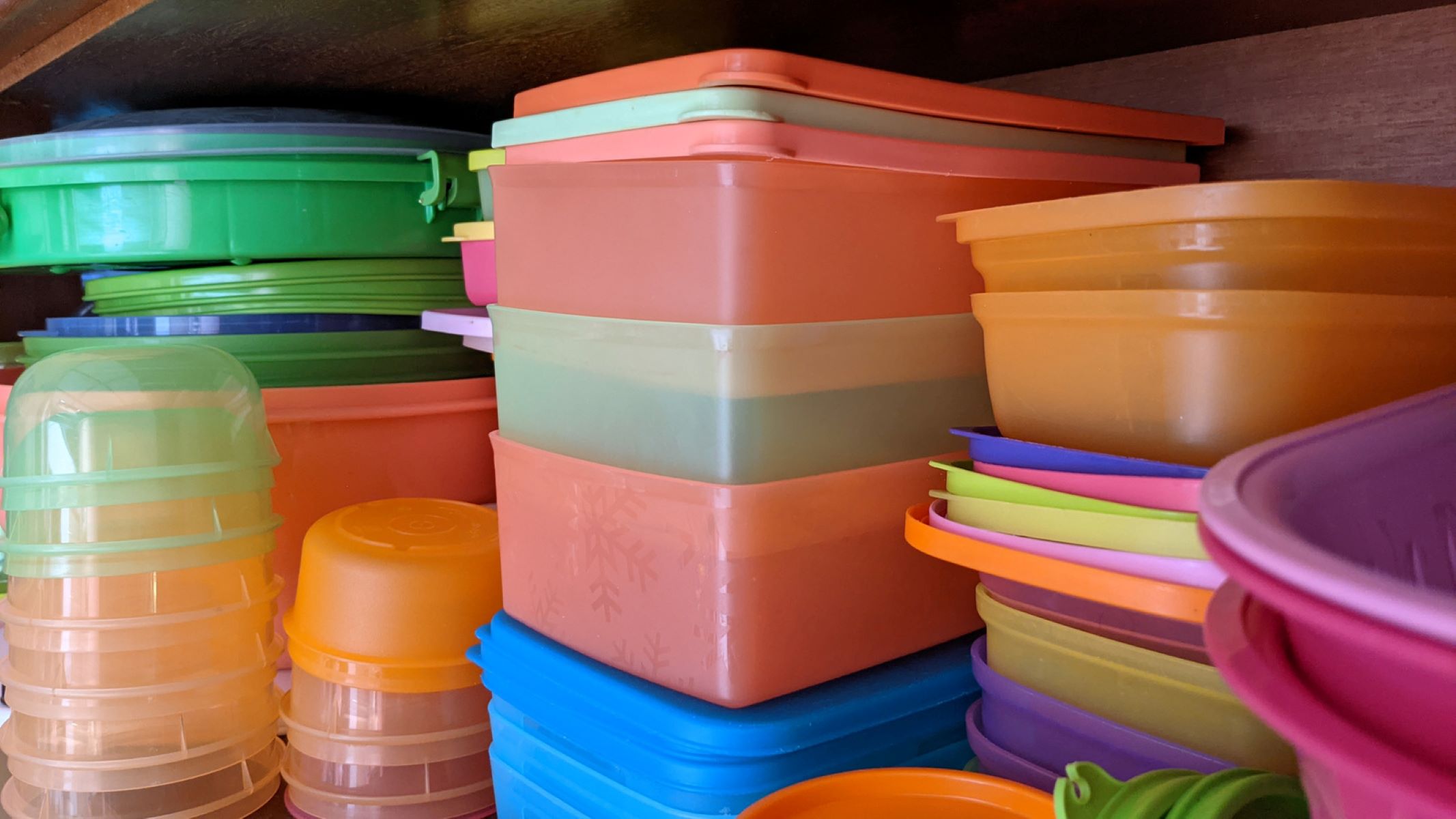
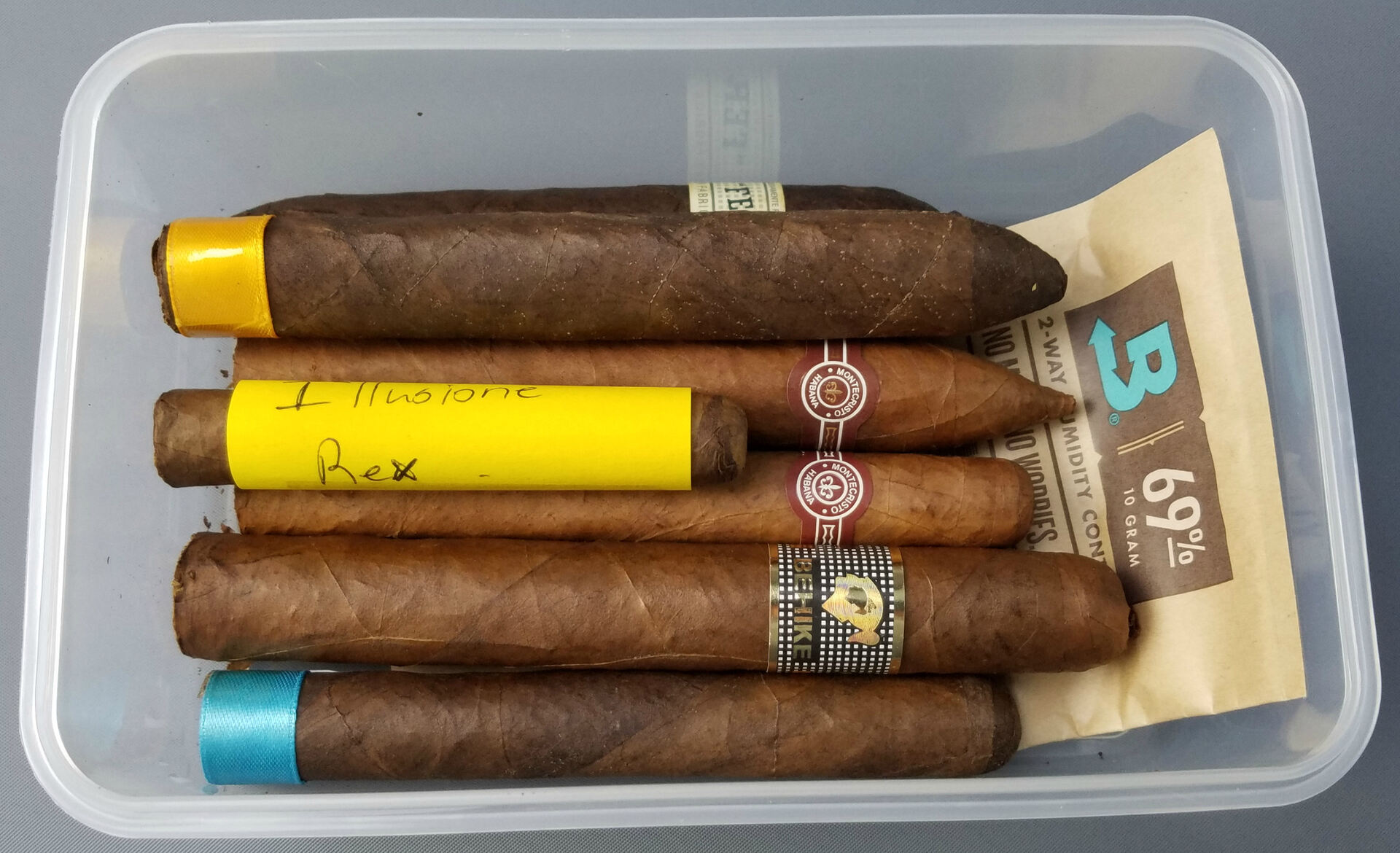
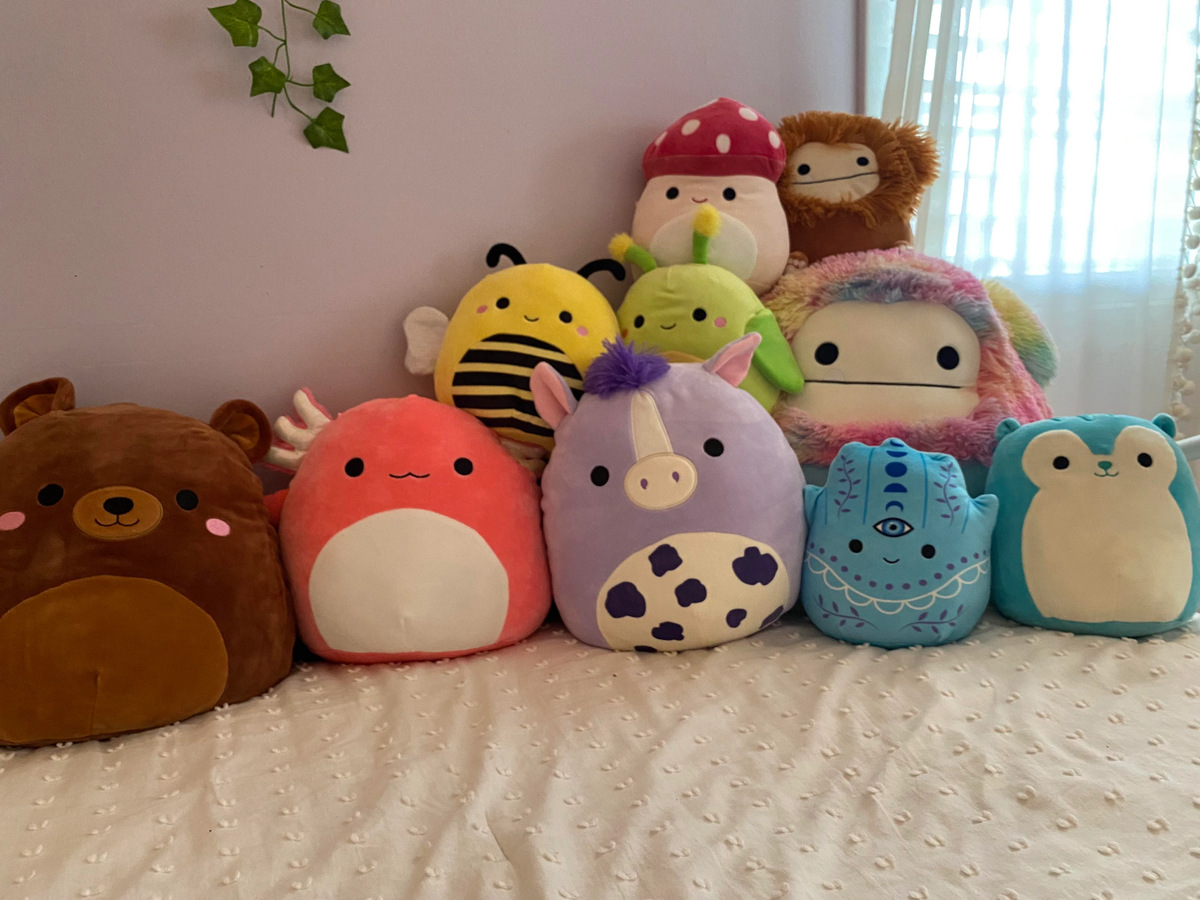

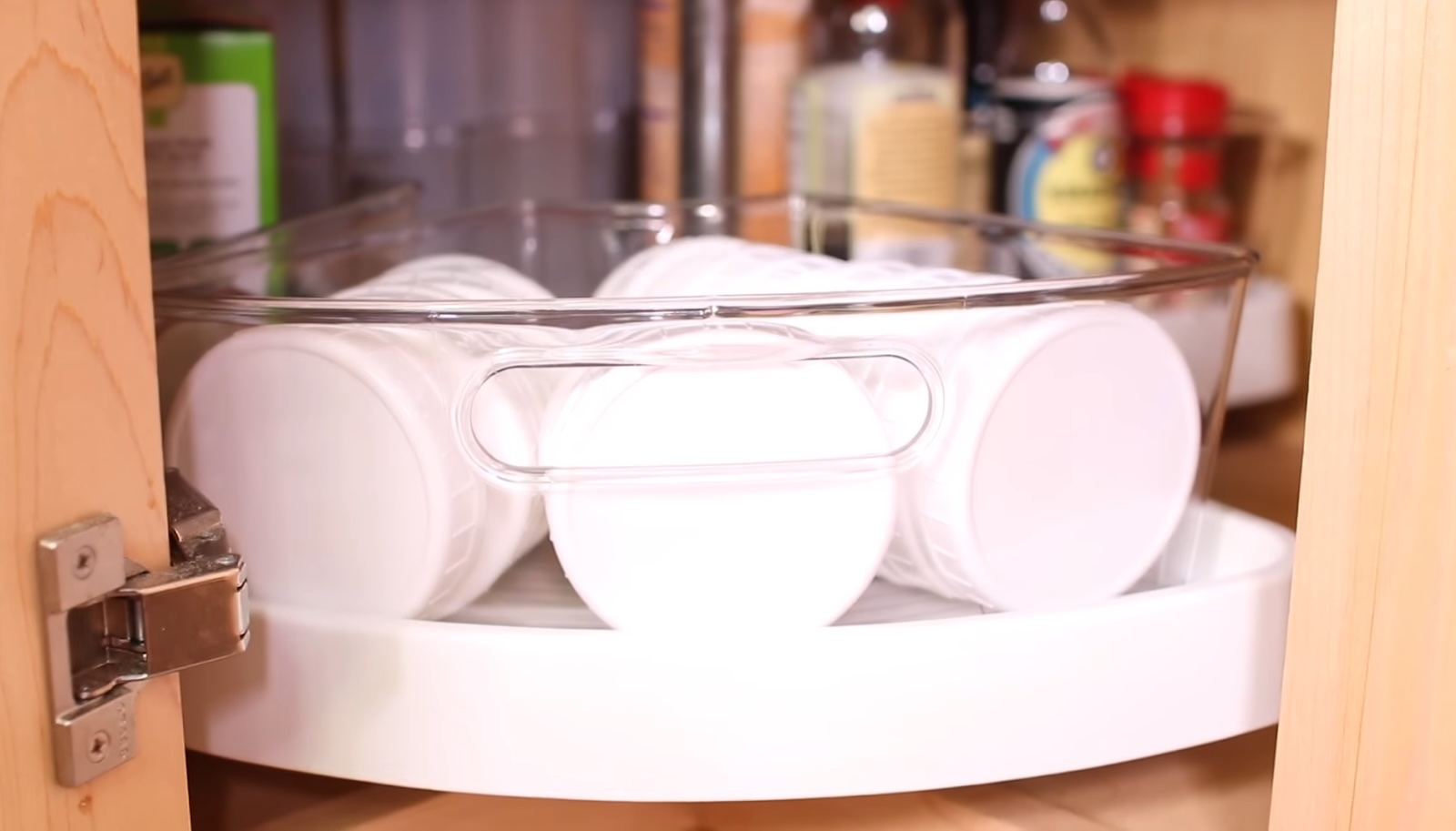
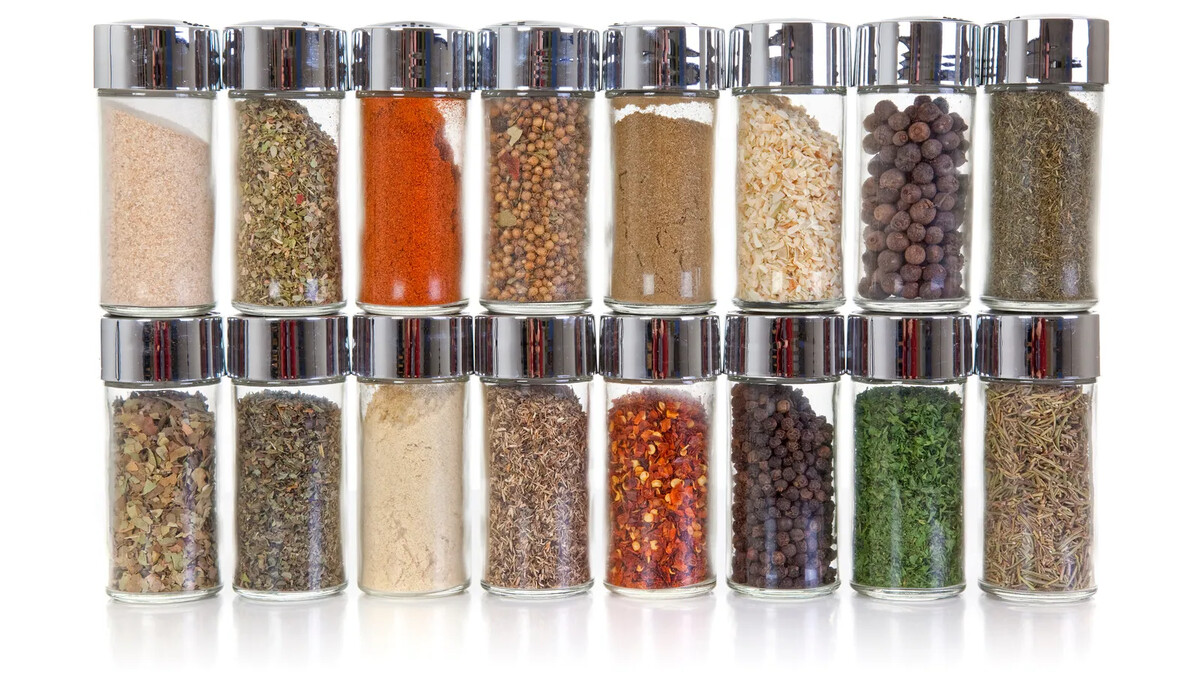


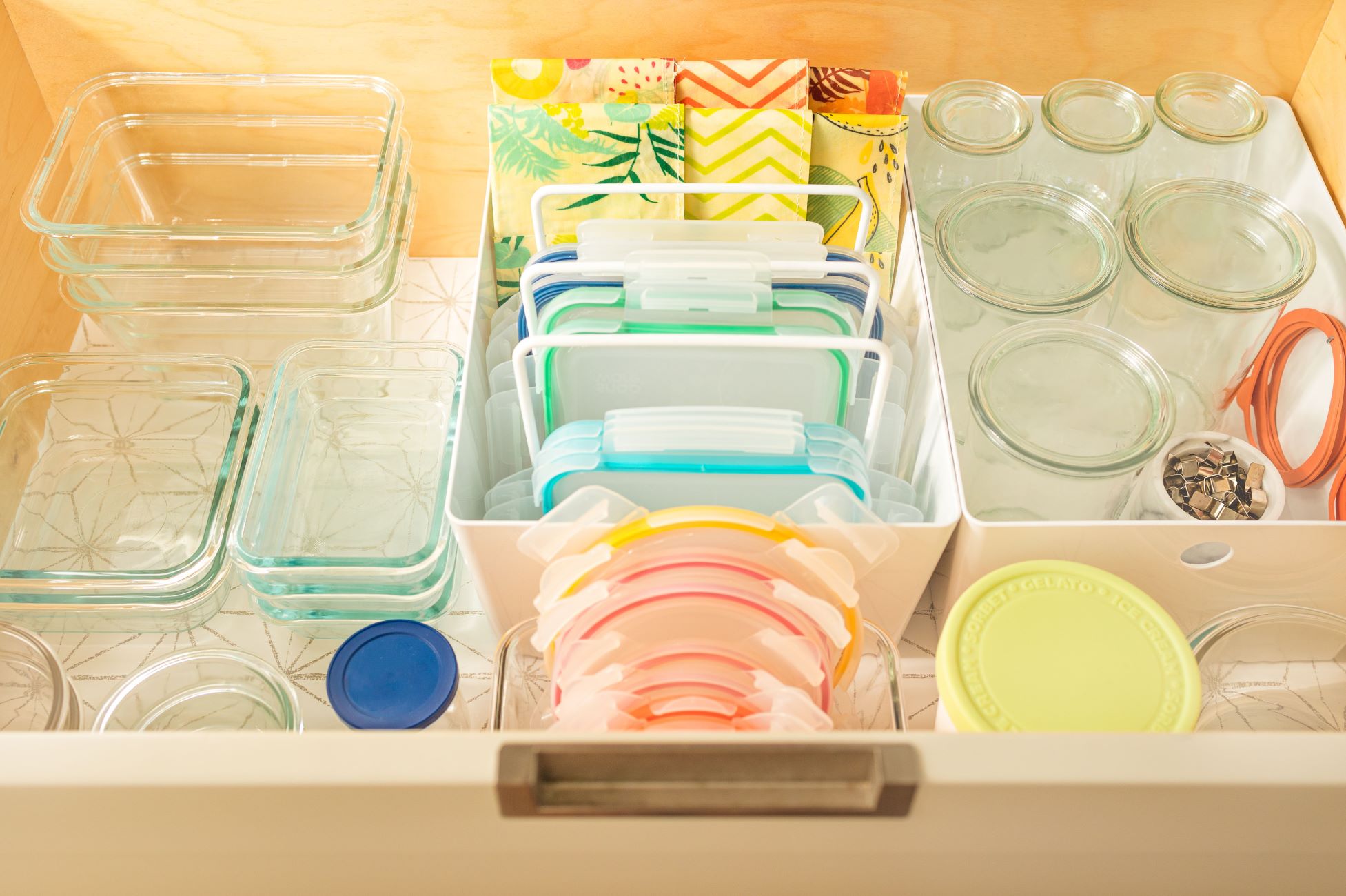
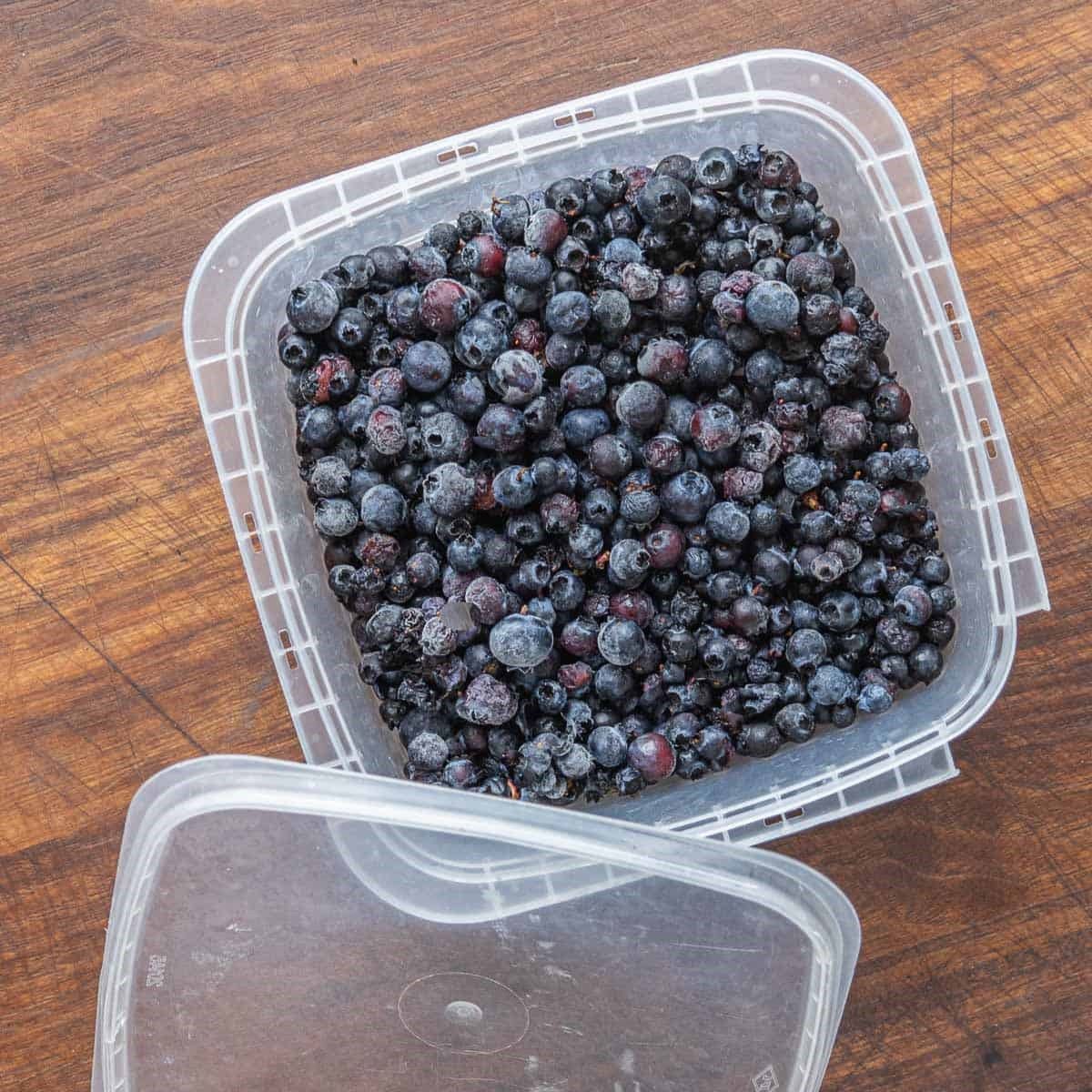
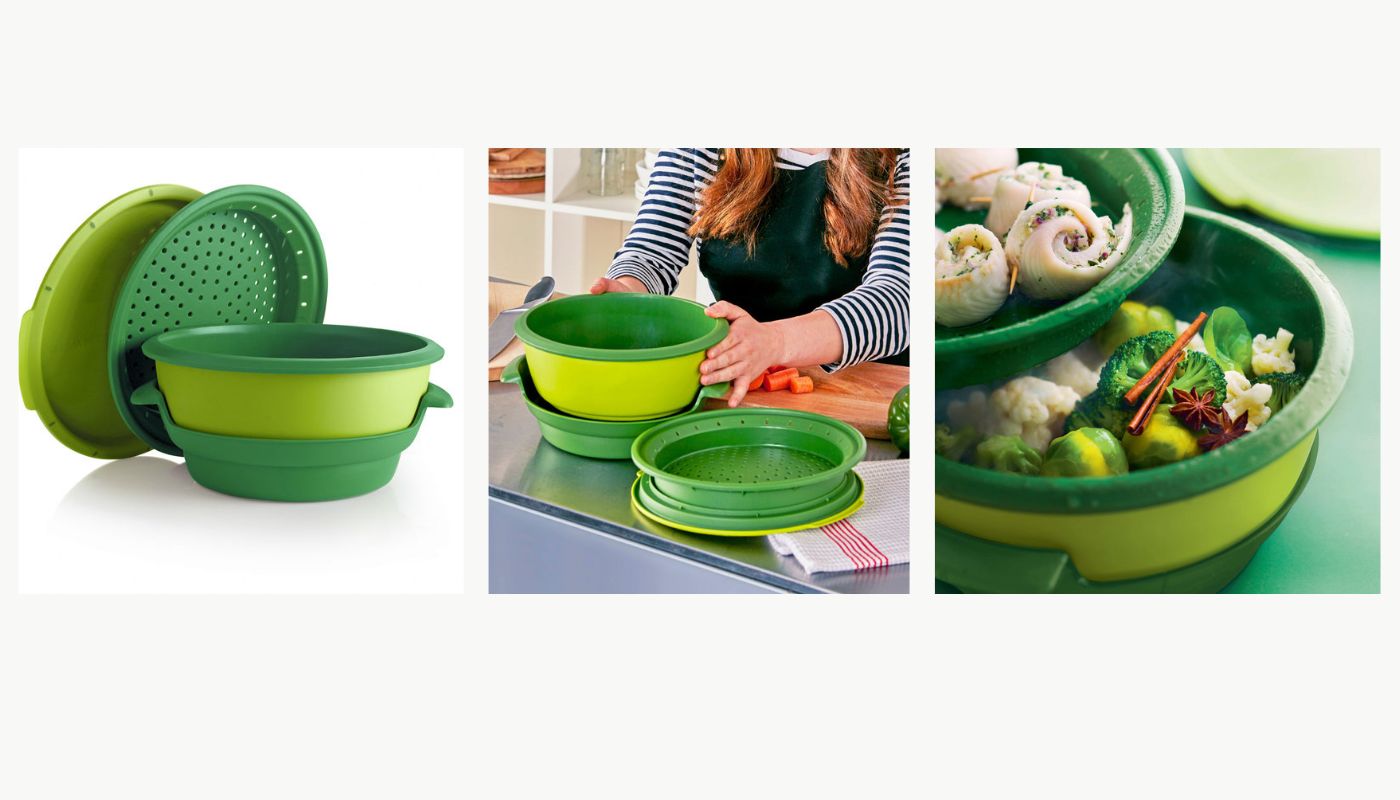
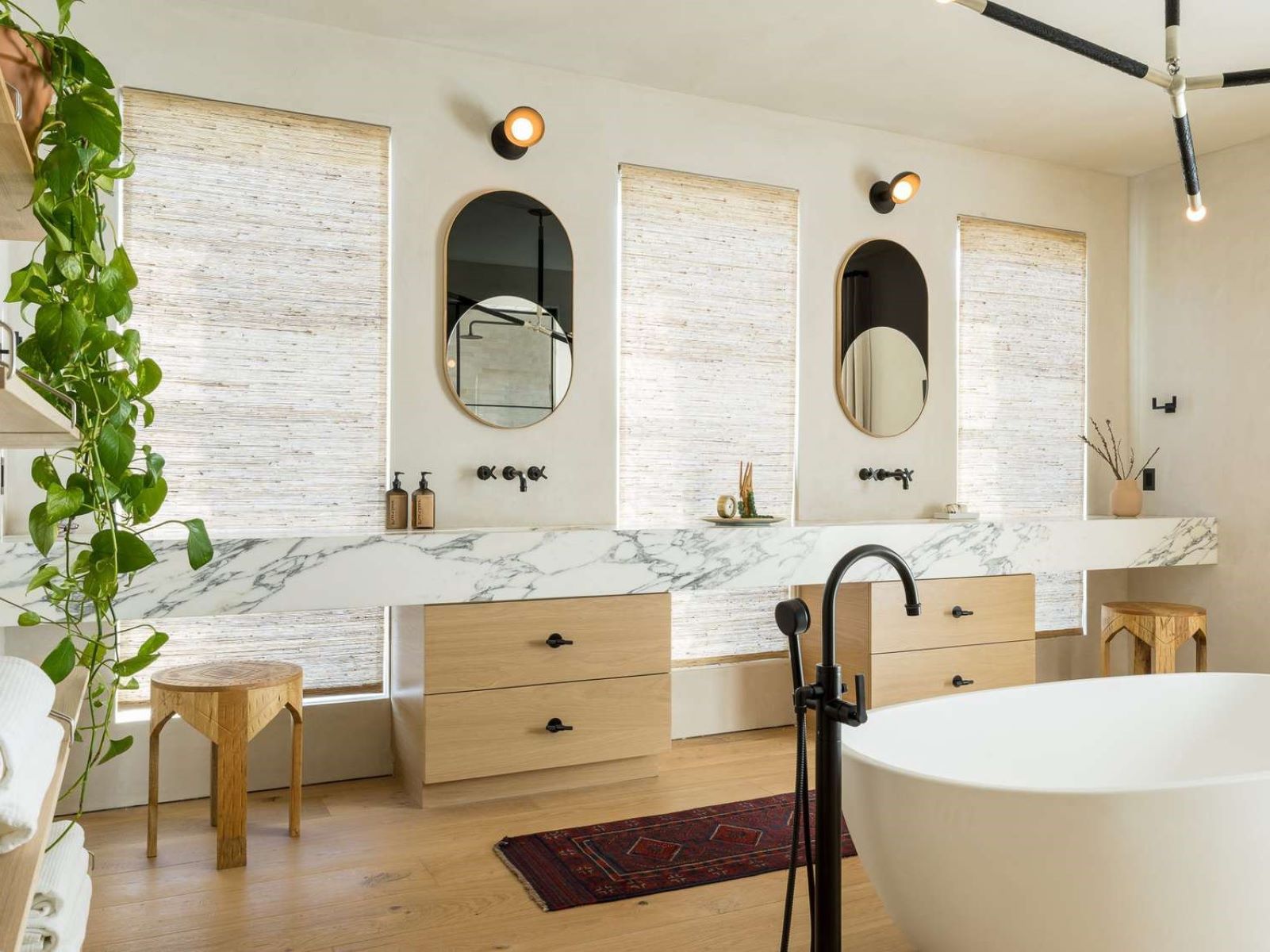
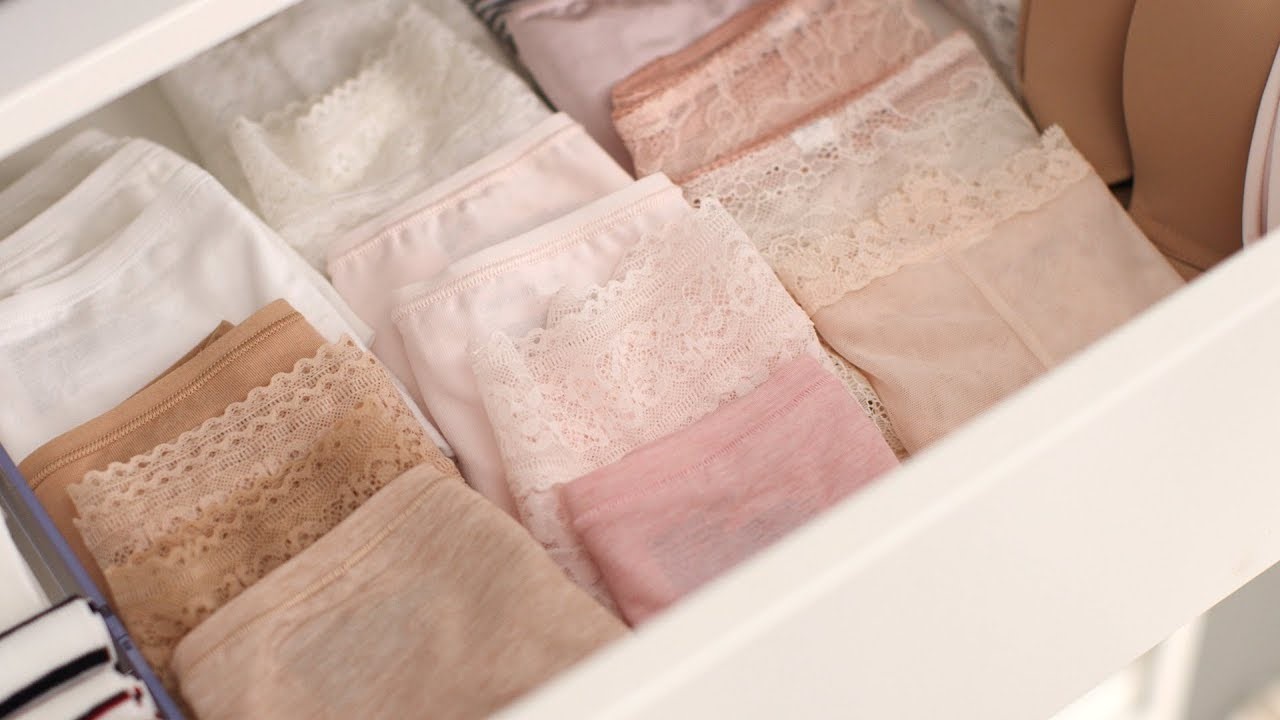
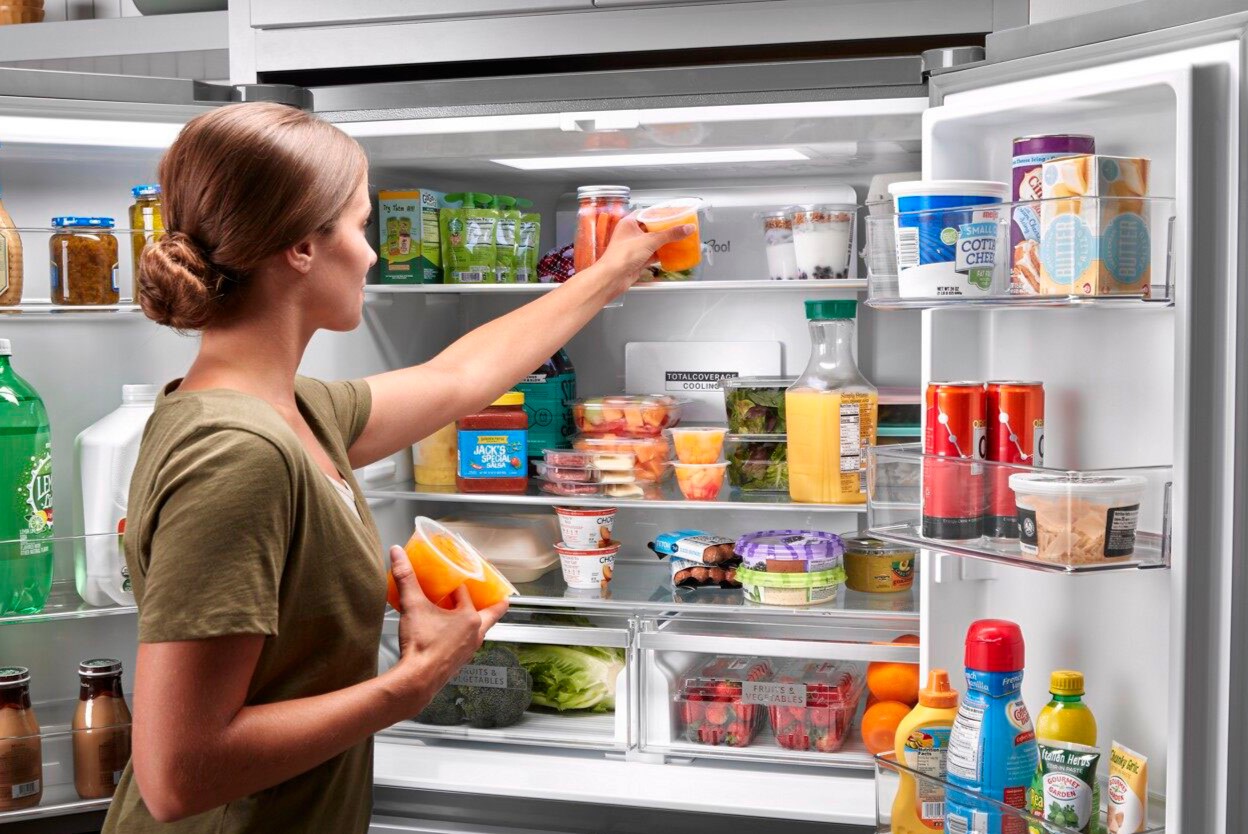

0 thoughts on “How To Organize Your Tupperware”